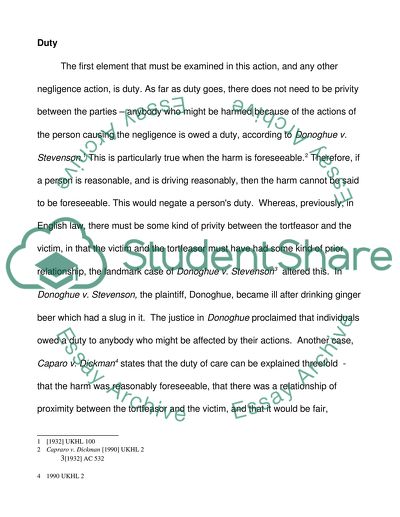Cite this document
(“TORT LAW- PROBLEM QUESTION Essay Example | Topics and Well Written Essays - 2000 words”, n.d.)
Retrieved from https://studentshare.org/law/1467629-tort-law-problem-question
Retrieved from https://studentshare.org/law/1467629-tort-law-problem-question
(TORT LAW- PROBLEM QUESTION Essay Example | Topics and Well Written Essays - 2000 Words)
https://studentshare.org/law/1467629-tort-law-problem-question.
https://studentshare.org/law/1467629-tort-law-problem-question.
“TORT LAW- PROBLEM QUESTION Essay Example | Topics and Well Written Essays - 2000 Words”, n.d. https://studentshare.org/law/1467629-tort-law-problem-question.


